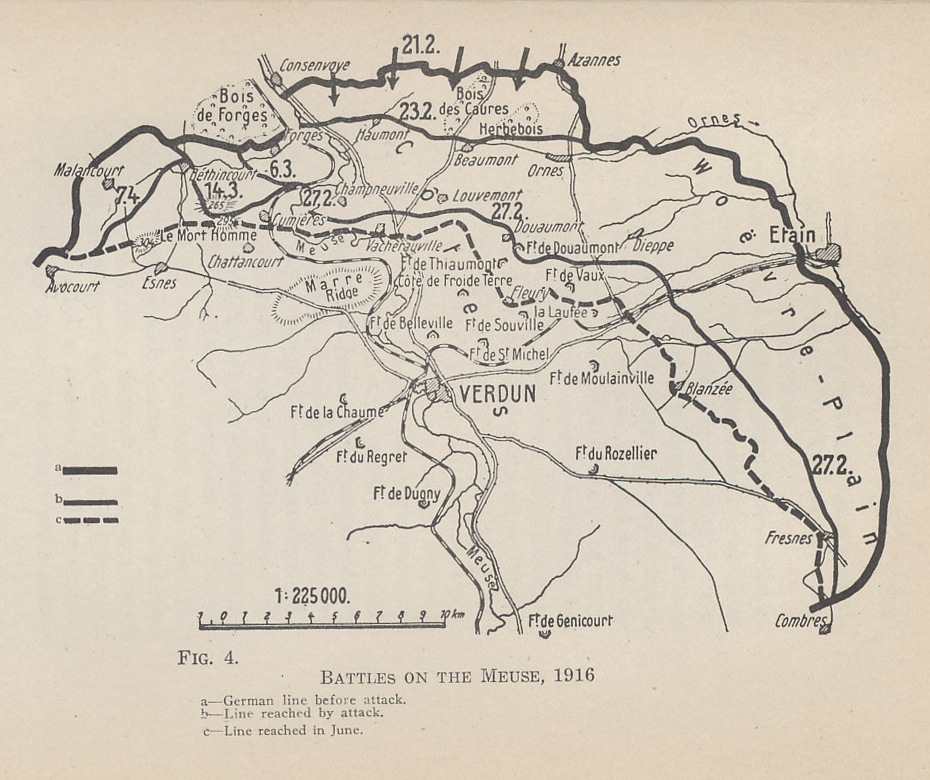

Though the death toll from Western Front battles will never be accurately known, at least four million were killed there. The largest battles of the war – Marne, Ypres, Verdun, the Somme, Passchendaele and others – were fought along the Western Front.


Most of the Western Front’s 700 kilometre length traversed the north-east of France, with its ends in Belgium and southern Germany. The main theatre of fighting in World War I was the Western Front, a meandering line which ran from the Swiss border in the south to the North Sea. When this occurred, the forces involved began entrenching in the face of more and more lethal concentrations of firepower, and the war of the machines and trenches had begun.īombardment of the Cathedral of Reims, France, in September of 1914, as German incendiary bombs fell on the towers and on the apse during the German invasion of northern France. The western portion of this conflict took place mostly in Belgium and France, and started as a war of “grand maneuvers” as had been theorized before the fighting began.īut when more troops were poured into an increasingly cramped area, there came a time when the antagonists could no longer maneuver against each other in any operational sense. This new great war, called World War One, began as a local disturbance in Southern Europe but eventually spread into a worldwide struggle which produced two of the greatest bloodlettings in history the battles of the Somme and Verdun. Within weeks however, the excitement and glory gave way to horror and anonymous death, brought on by dangerous new machines of war which took control of the old fields of honor and turned them into desolate moonscapes littered with corpses and wreckage. In the eyes of many men, pride and honor glowed in competition with the excitement of a wonderful adventure and the knowledge of righting some perceived infringement on the interests of their respective nation. Late during the summer of 1914, train stations all over Europe echoed with the sound of leather boots and the clattering of weapons as millions of enthusiastic young soldiers mobilized for the most glorious conflict since the Napoleonic Wars. Allies and Central Powers literally dug in, excavating thousands of miles of defensive trenches, and trying desperately to break through the other side for years, at unspeakably huge cost in blood and treasure. When German forces met stiff resistance in northern France in 1914, a “race to the sea” developed as France and Germany tried to outflank each other, establishing battle lines that stretched from Switzerland to the North Sea. Looking out across a battlefield from an Anzac pill box near the Belgian city of Ypres in West Flanders in 1917.


 0 kommentar(er)
0 kommentar(er)
